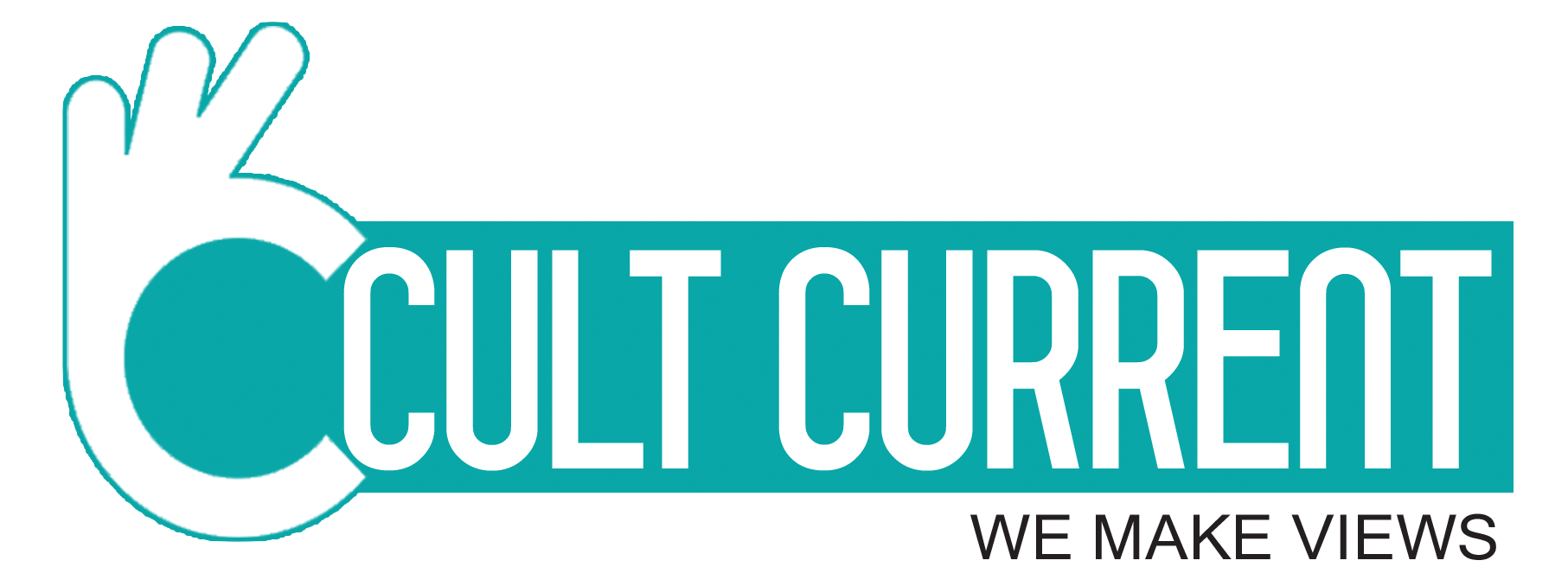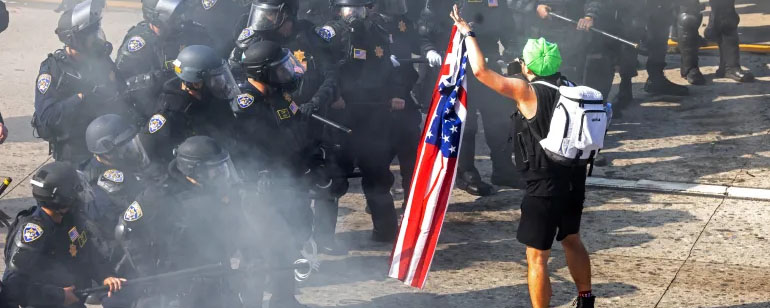Cover Story- The Cost of Cruelty


Under Donald Trump, U.S. immigration policy veered into unprecedented territory—marked by travel bans, family separations, and mass detentions under the banner of “America First.” Nowhere were the human costs more visible than in Los Angeles, a sanctuary city turned epicenter of resistance and trauma. This article explores how Trump’s hardline stance upended lives, strained institutions, and challenged the very ideals that once defined the American identity.
Under Donald Trump’s presidency, the United States underwent a seismic shift in its approach to immigration. Framed under the nationalist slogan “America First,” his administration implemented sweeping policies that disrupted the legal and humanitarian fabric of the country. Travel bans targeting Muslim-majority nations, the cancellation of DACA protections, family separations at the border, and reduced legal immigration pathways collectively signaled a hardline approach. While these measures were touted as essential for border security, they ignited legal chaos, economic strain, and a crisis of identity—felt most acutely in cities like Los Angeles.
As a sanctuary city with a large immigrant population, Los Angeles became a frontline witness and victim of Trump’s immigration crackdown. The “Zero Tolerance” policy of 2018, which criminally prosecuted all illegal border crossings, resulted in thousands of families being separated—children placed in detention centers while parents faced prosecution. Images of toddlers in cages circulated worldwide, generating outrage and protest. Los Angeles saw mass demonstrations demanding reunification, with civil rights groups like the ACLU of Southern California filing lawsuits to halt the separations and reunite families. Many children, however, remained lost in a bureaucratic maze for months.
Schools in immigrant-heavy neighborhoods reported spikes in absenteeism, as parents feared deportation raids. Mental health professionals warned of trauma epidemics among children suffering from separation anxiety, fear of ICE raids, and the stigma of undocumented status. Local law enforcement agencies, caught between federal mandates and community trust, found themselves alienated from the very populations they served. In sanctuary jurisdictions, the overlap between ICE and local police blurred, heightening distrust and eroding cooperation in crime prevention.
Trump’s policies also reverberated through the economy. California’s agricultural sector, heavily dependent on migrant labor, experienced severe workforce shortages. Construction and hospitality industries, vital to the state’s economy, suffered similar setbacks. At the same time, the suspension of visa programs like H-1B stifled innovation in L.A.’s booming tech and startup sectors. A Brookings Institution report estimated that billions were lost in GDP due to restricted access to foreign talent and labor.
Beyond economic impact, the policies sparked a cultural and diplomatic backlash. Countries like Mexico, Guatemala, and El Salvador denounced the treatment of their citizens, while global institutions like the United Nations condemned family separation as a human rights violation. Los Angeles, a city proud of its internationalism, faced the collateral damage of damaged diplomacy. Sister-city programs and cultural exchanges stalled, and the city’s global image suffered. Perhaps most alarming was the erosion of America’s moral leadership. The Statue of Liberty’s message of refuge and hope stood in stark contrast to images of militarized borders and abandoned migrant families. In Union Station, immigrant families released by ICE without aid became symbols of a nation turning its back on its values. Activists, artists, and storytellers across Los Angeles captured these moments through murals, films, and performance art, turning personal pain into collective protest.
The political impact of these policies also emboldened white nationalist rhetoric, giving rise to hate crimes, particularly against Latino and Middle Eastern communities in Los Angeles. Community organizations reported spikes in violence, graffiti, and harassment. Meanwhile, immigrant communities lived in an atmosphere of anxiety, where even schools, churches, and hospitals—historically considered safe spaces—became zones of fear.
Trump’s immigration legacy left lasting scars on Los Angeles and the nation. While framed as protective, these policies proved divisive, costly, and counterproductive. As America considers future immigration strategies, the lesson is clear: exclusion, fear, and hostility do not make a country stronger. Rebuilding trust, restoring legal pathways, and honoring the nation’s founding ideals will be critical for healing—not just in Los Angeles, but across a fractured America.